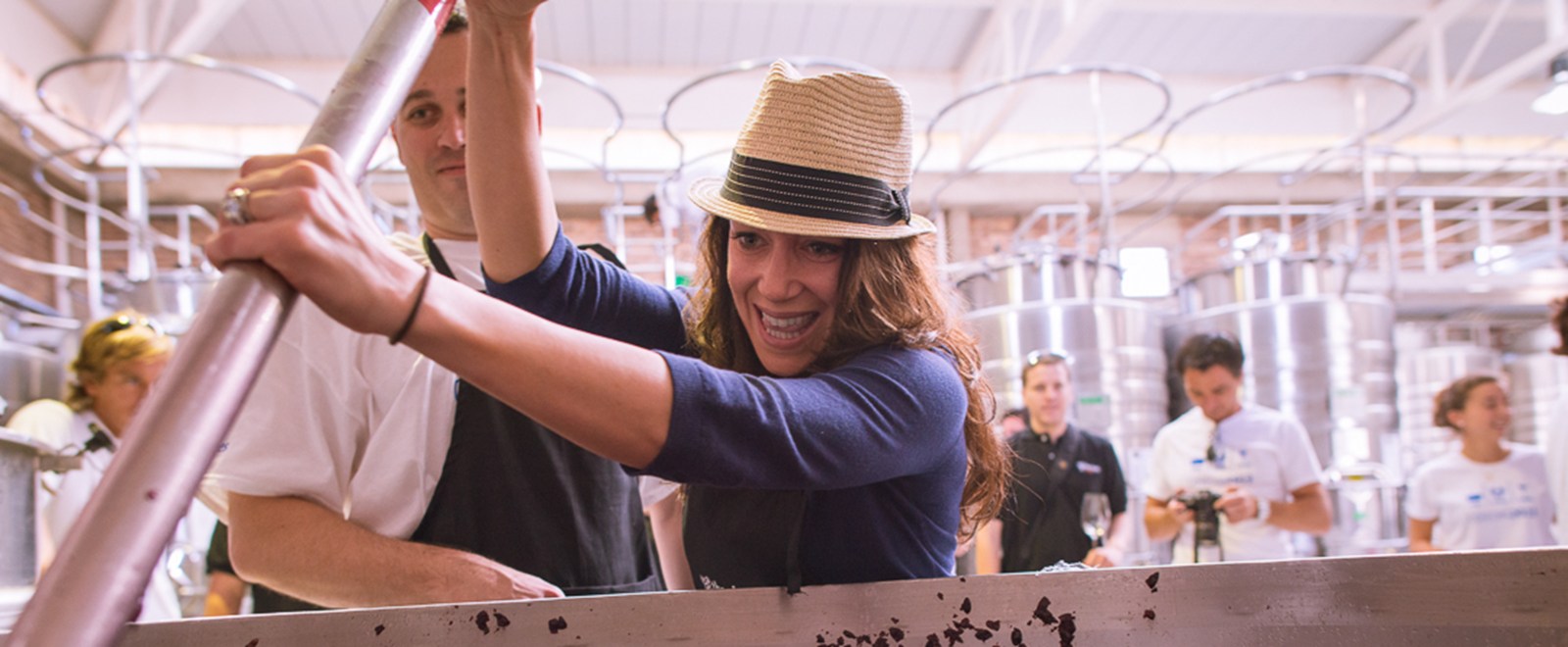5 years ago most North Americans didn't even know Argentine produces wine. 3 years ago edgy enotecas started carrying Malbec. Now you can't build an international wine list without an Argentina section. This article explores the how and why.
Rising To The Occasion / Long-awaited top tipples from Argentina


Argentinean wine looks like it is finally going to fulfill its long-heralded promise, and its about time says Sam Harrop
For decades, the prophecy of a golden era for Argentinean wine has loomed above the industry like its native Andes mountain range: a spectacular but distant vision. However, recent export statistics, suggest that this time may well have come. While few sensible wine commentators have ever questioned Argentina’s potential to compete on the export market, customers outside of Argentina have shown little interest to date. Perhaps the world has finally forgiven Maradona and his celestial hand. Let’s hope so because there aren’t too many wine regions that can better Argentina – especially when it comes to value.
 Since 2005, exports of Argentinean wines have increased by 20% in volume. Moreover, average export sales price has increased by 9%, indicating that finally the market may be taking up Argentina’s more expensive varietal offering. By variety, global exports of the nation’s key earners – Malbec, Syrah, Torrontes and Chardonnay – are racing ahead, albeit from a small base, with double-digit growth for the same period.
Since 2005, exports of Argentinean wines have increased by 20% in volume. Moreover, average export sales price has increased by 9%, indicating that finally the market may be taking up Argentina’s more expensive varietal offering. By variety, global exports of the nation’s key earners – Malbec, Syrah, Torrontes and Chardonnay – are racing ahead, albeit from a small base, with double-digit growth for the same period.
While some of this buzz of activity is undoubtedly linked to a weak US dollar, there’s no question that these figures are well deserved. The simple fact is nowadays few wine producing nations get close to Argentina in terms of wine quality at fighting price points. Even if the dollar were to make a recovery overnight, many Argentinean wines (especially in the lower price ranges) would still offer exceptional value.
Fortunately, the Argentinean wine industry seems to have prepared for this increased demand. Planted area of the key varietals has been increasing steadily since the start of the millennium leaving the industry in a strong position to capitalise on export demands. Between 2000 and 2005, the total planted area increased by almost 19% – impressive growth from a country that is already the fifth biggest wine producer in the world.
The strongest planting growth is in red wine varietals, particularly of Malbec – Argentina’s most important red – which grew 30%. Growth in white wine planting has been less remarkable; however, trendy varietals such as Chardonnay, Sauvignon Blanc and Torrontes – Argentina’s spicy white varietal – all increased.
So what does Argentinean wine have going for it exactly? In short: everything.
Firstly, it has the natural advantages of geography and climate. Argentina has endless sunshine hours and annual rainfall figures that would make most French vignerons salivate (200mm a year compared to Bordeaux’s 920mm). It also benefits from regional diversity, with massive variation in geography and geology over the 1,500km distance between the most northern and southern wine producing regions. Average altitude figures for Argentina’s vineyards are over 1,000m – not far off Snowdon’s lofty heights. This is critical in prolonging the growing season, which often leads to superb fruit quality and intensity in the wine.
Product-wise, the country has an abundance of unique and exciting grape varieties including Bonarda, Malbec and Torrontes, as well as a heritage of wine culture and tradition (the first vineyards were planted in 1557) and thus a legacy of dynamic and talented winemakers. Crucially, there’s the thirsty domestic market, which consumes an impressive 28 litres per capita per year, giving the wine industry the support it needs to continue to invest and grow, and to compete on the global stage.
Then there’s the issue of size: Argentina is only behind Spain, France, Italy and the US, in terms of wine grape production, and has a staggering 223,035ha under vine. It has 26,133 vineyards and 950 wineries – many with the kind of state-of-the-art facilities that even fussy Napa Valley winemakers would be proud to manage. Indeed, wine quality has steadily improved at all price points over the last ten years as winemakers work hard to meet the standards of major export markets such as the UK and the US.
See complete article here.
